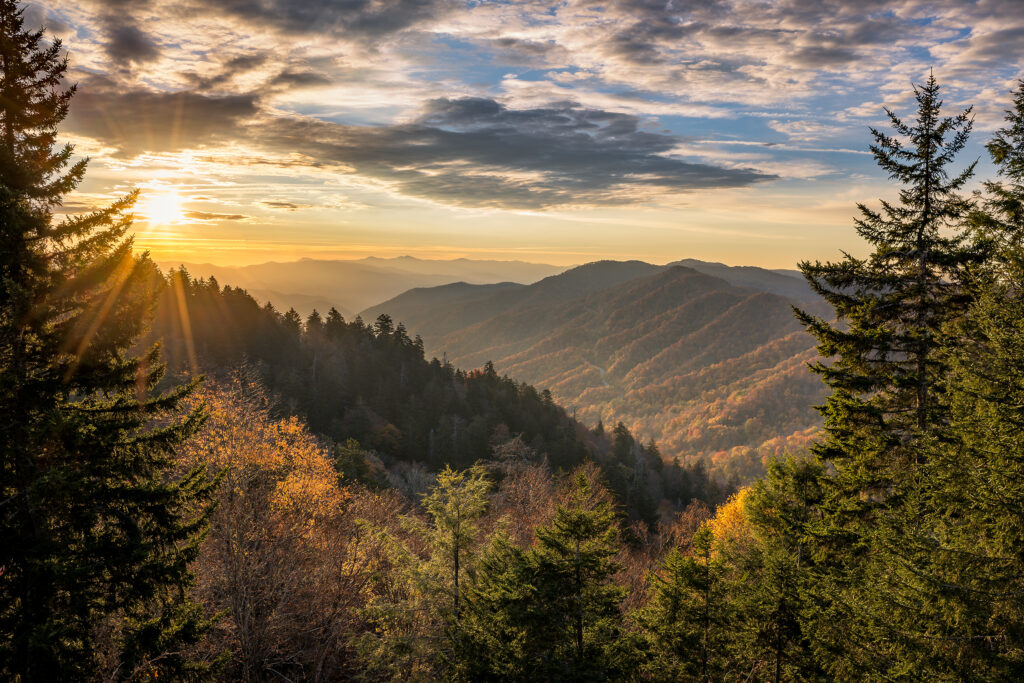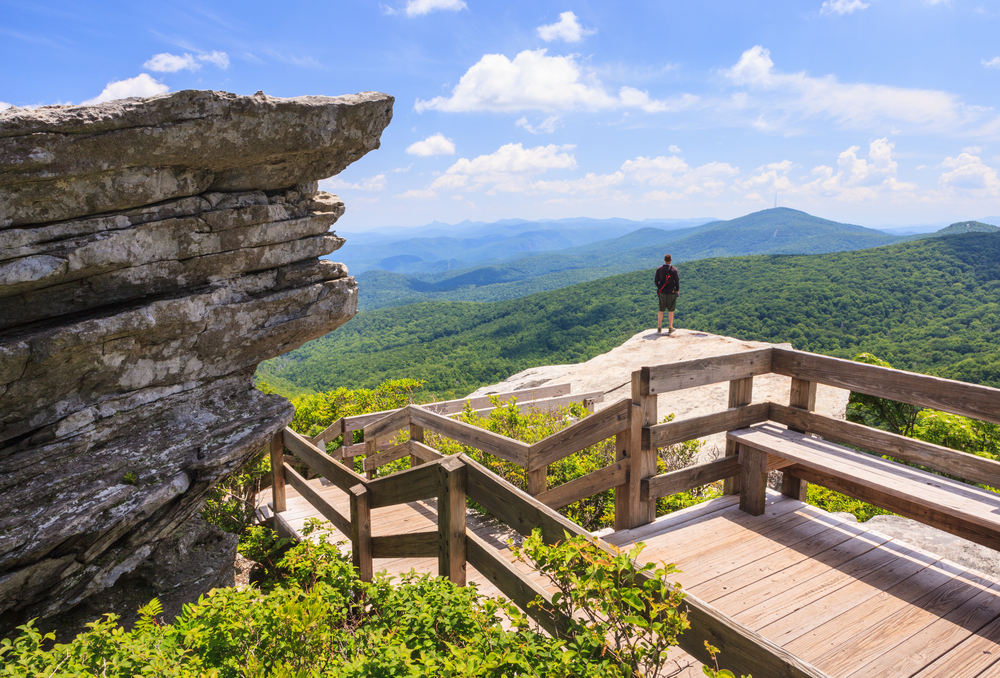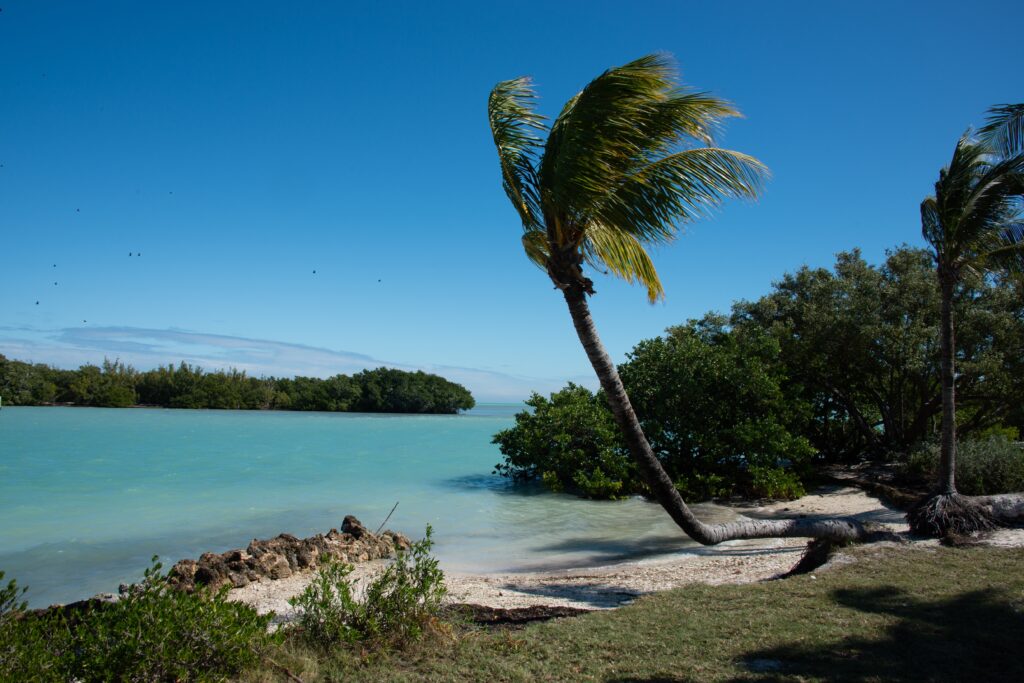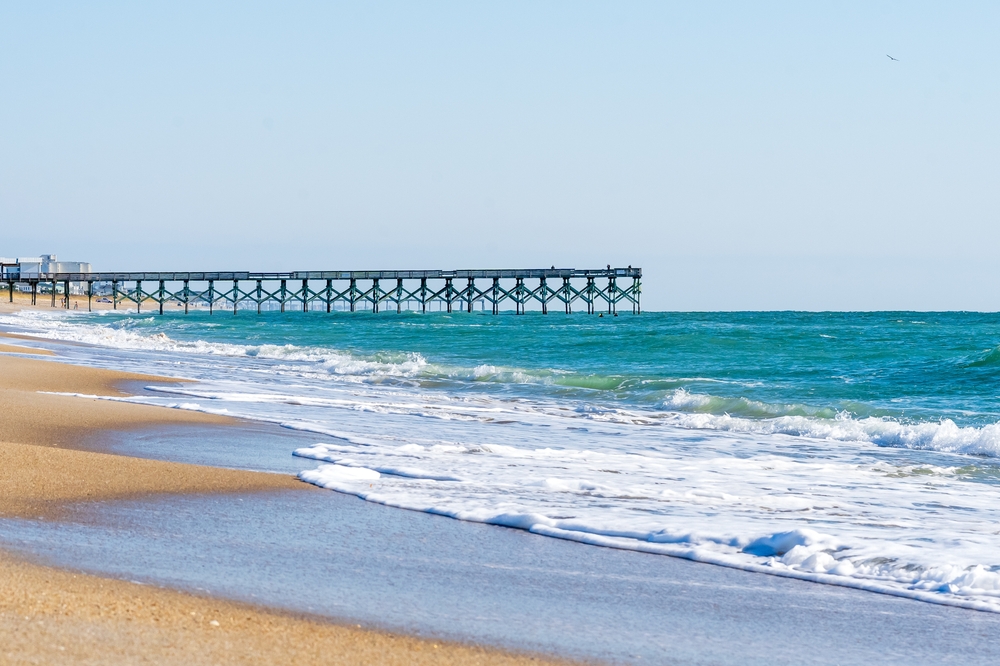
Embarking on the Epic: Mountain Biking the Colorado Trail with VentureOut’s FindOut
When it comes to epic mountain biking adventures, few trails capture the imagination like the Colorado Trail. Stretching nearly 500 miles of breathtaking scenery, this trail is a siren call for bikers seeking the ultimate challenge. But how do you prepare for such an epic journey? That’s where VentureOut’s FindOut feature comes into play. Read on to see how FindOut delivers key information to help you plan your next epic adventure.
The Colorado Trail is a premier long-distance trail that stretches approximately 486 miles from Denver to Durango, offering some of the most scenic vistas in the United States. It traverses through historic mining towns, alongside rushing rivers, over high mountain passes, and through lush forests.
For mountain bikers, the Colorado Trail presents a challenging and rewarding adventure. The trail is noted for its variety of terrain, which includes singletrack, doubletrack, and some paved sections. While much of the trail is open to mountain bikers, it’s important to note that there are wilderness areas where bikes are not allowed, so planning your route to avoid these sections is essential.
Here are some engaging and important pieces of information about mountain biking on the Colorado Trail:
Trail Sections Mountain bikers often tackle the trail in segments. The trail is divided into 28 segments, with each offering a different experience and level of difficulty. Many riders choose to ride a few segments at a time, while others may opt for the challenge of through-riding the entire trail over several weeks.
Best Time to Ride The best time to bike the Colorado Trail is from late June to September when the high mountain passes are generally free of snow. Weather can change rapidly, so it’s important to be prepared for all conditions, including thunderstorms and temperature drops.
Permits and Regulations No permits are required to ride the Colorado Trail, but you should always check current conditions and regulations before setting out. Remember to practice Leave No Trace principles to keep the trail pristine for future riders.
Resupply Points There are several towns along the route that are popular resupply points. These include Breckenridge, Leadville, Buena Vista, and Silverton. You can stock up on food, bike parts, and other essentials or even take a rest day to recover.
Physical Preparation Mountain biking the Colorado Trail is demanding and requires a high level of physical fitness. It’s recommended that riders train extensively before attempting the trail, including both cardio and strength training.
Gear and Equipment A reliable mountain bike with good suspension is a must. Riders should also carry essential gear, including a helmet, tools for repairs, navigation devices, and enough food and water. It’s also wise to carry a satellite communicator or emergency beacon due to the remote nature of the trail.
Wildlife and Safety The Colorado Trail is home to a variety of wildlife, including bears and mountain lions. It’s important to understand how to store food properly and what to do if you encounter wildlife. Make sure to carry bear spray and know how to use it.
Suggested Itineraries For those looking for a shorter mountain biking experience, consider riding from Kenosha Pass to Breckenridge or from Molas Pass to Durango. These sections offer breathtaking views and thrilling rides.
Mountain biking the Colorado Trail is an unforgettable experience, filled with stunning landscapes and tough challenges. It’s a journey that requires respect for the environment and preparation, but for those who take it on, it offers the adventure of a lifetime.






